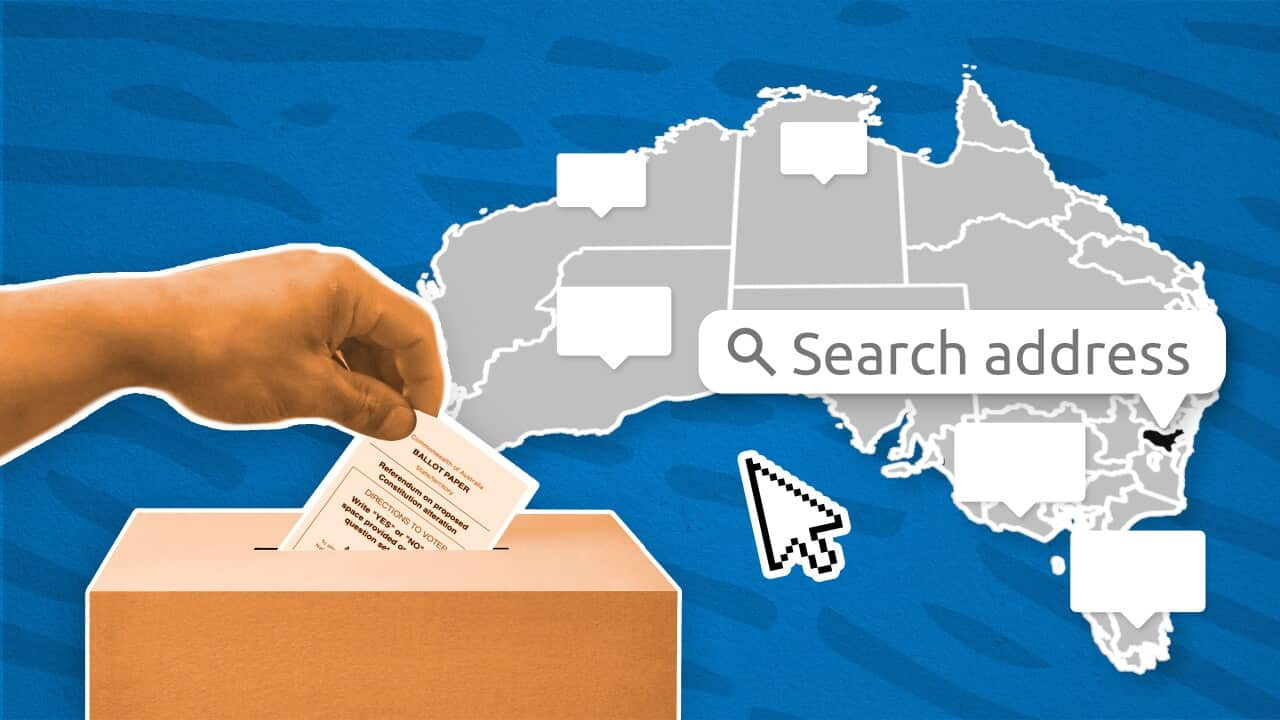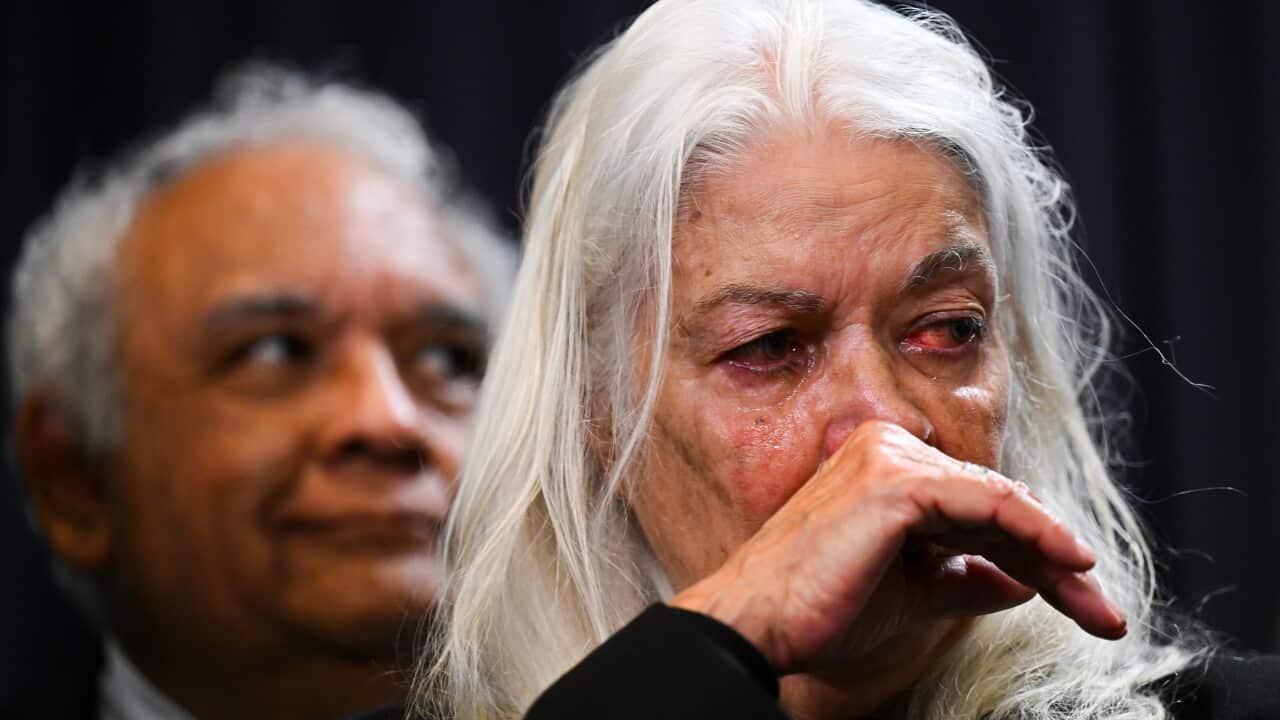Key Points
- Australians have resoundingly rejected an Indigenous Voice to Parliament.
- All states and the Northern Territory have voted No, with only the ACT delivering a Yes vote.
- The Australian Electoral Commission (AEC)'s official vote count is still in progress.
Australian voters have soundly rejected a proposal to enshrine an Indigenous Voice to Parliament in the constitution.
A group of Indigenous leaders announced a "week of silence" , which Anthony Albanese said "doesn't define" Australians. Meanwhile, Opposition leader Peter Dutton said the prime minister was to blame for the result.
As official counting continues, all states and the Northern Territory have voted No, with only the ACT delivering a Yes vote.
The Australian Electoral Commission (AEC)'s vote count is still in progress and won't be fully finalised until postal votes are counted. Use the map below to explore how different electorates have voted.
The above map is designed to enable readers to explore voting patterns in electorates across the country. It does not reflect the complete results of the referendum.
With 8,062 of 8,253 polling places counted as of 11pm on Saturday, the national No vote stood above 59 per cent. To have passed, the referendum would have required an overall majority and a majority in at least four states.
Queensland had delivered a No vote of around 68 per cent, closely followed by SA, where it was 64 per cent.
In NSW, the country's most populous state, about 59 per cent of voters rejected the Voice. It was nearly 60 per cent in Tasmania.
How did the Voice vote differ between metro and rural areas?
As early results came in on Saturday night, Redbridge pollster Simon Welsh pointed to a split between regional and metropolitan Australia - which was not favouring the Yes camp.
"We're certainly seeing that early signs of difficulty [for the Yes camp] in regional Australia," Welsh said.
In NSW, he said consistent results across metro, suburban, and regional parts of the state meant it had voted No.
"The vote in the suburban areas just isn't strong enough to uplift the strength of the Yes vote in those areas against the No vote in the regional areas. In fact, it's not winning the parts of Sydney that it needs to win," he said.
In Tasmania, Welsh said a regional-city divide was "playing out very starkly".
"You can't win Tasmania by just winning Hobart, and we're seeing that here tonight; those regional voters … just overwhelmingly supporting the No case," he said.
How does the count work?
AEC staff count every vote cast on polling day that night, along with the vast majority of ballots cast at early voting centres and a small proportion of postal votes.
Each ballot paper is counted by hand, and double-checked, in front of scrutineers.
Referendum legislation allows for a period of 13 days after polling night for postal votes to be received by the AEC for inclusion in the count.
It never officially declares the results of a federal election or referendum on the night.
Stay informed on the 2023 Indigenous Voice to Parliament referendum from across the SBS Network, including First Nations perspectives through NITV.
Visit the to access articles, videos and podcasts in over 60 languages, or stream the latest news and analysis, docos and entertainment for free, at the










